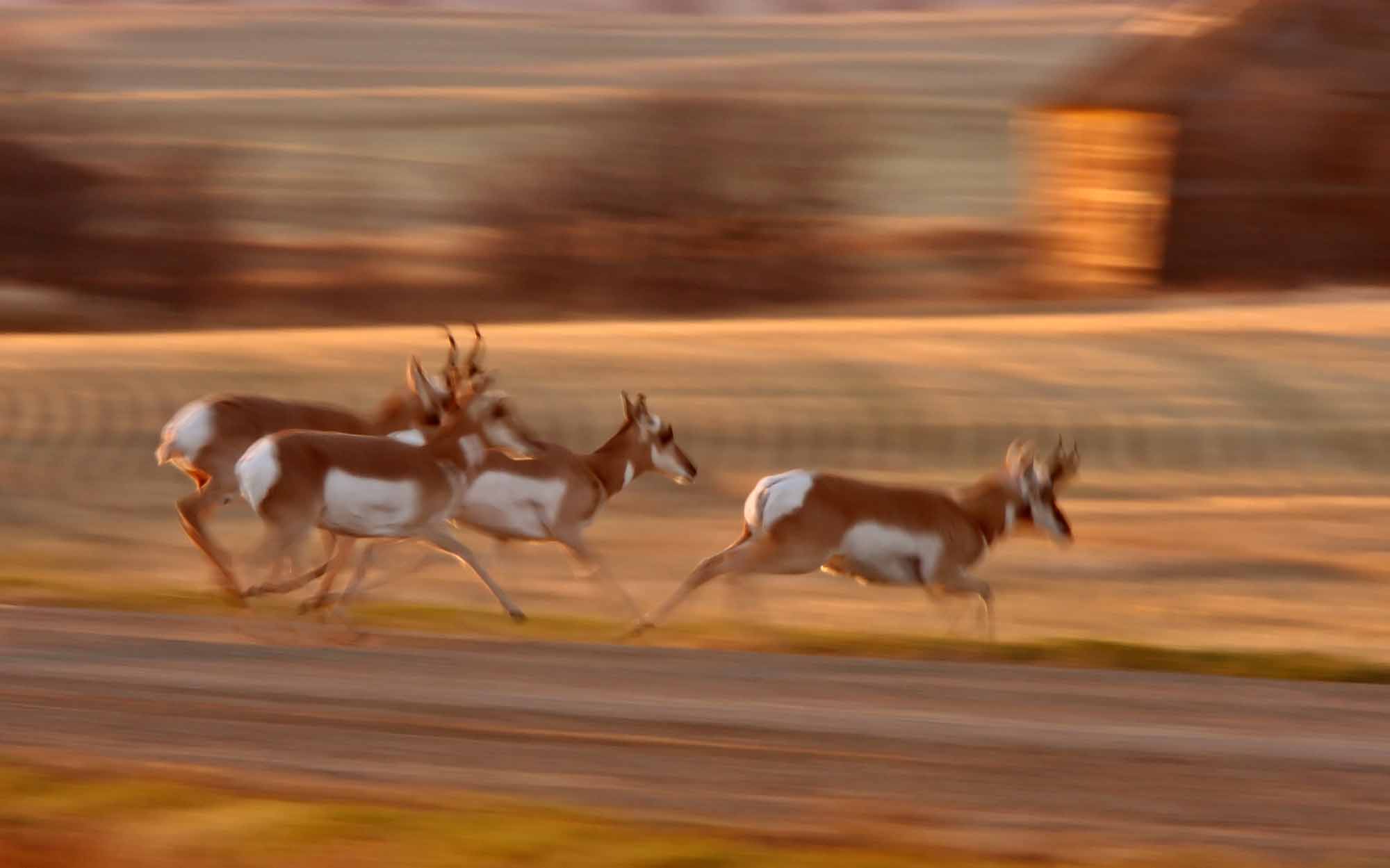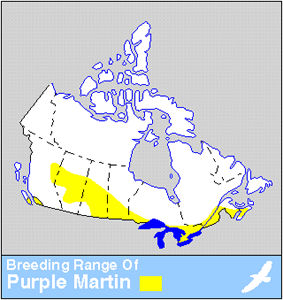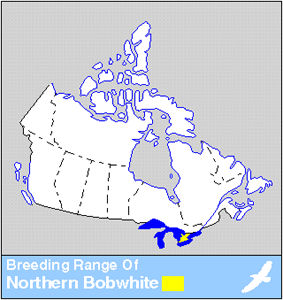Browse "Nature & Geography"
-
Article
Prairie Dog
The prairie dog is a highly gregarious, diurnal, terrestrial ground squirrel that lives in colonies or "towns."
"https://d2ttikhf7xbzbs.cloudfront.net/media/media/39e55559-6a69-49c6-834a-d2eb438d0ea7.jpg" // resources/views/front/categories/view.blade.php
https://d2ttikhf7xbzbs.cloudfront.net/media/media/39e55559-6a69-49c6-834a-d2eb438d0ea7.jpg
-
Article
Prairie Farm Rehabilitation Administration (PFRA)
The Prairie Farm Rehabilitation Administration (PFRA) was a branch of Agriculture and Agri-Food Canada with a focus on Western Canada. It was headquartered in Regina, Saskatchewan. The PFRA also had 22 district offices throughout the Prairie provinces. The agency began in response to the drought crisis of the 1930s in the Prairies. However, for nearly eight decades, it continued to help farmers conserve soil, prevent erosion, develop water resources and manage pasture land.
"https://d2ttikhf7xbzbs.cloudfront.net/media/media/b4c10927-debc-4233-8c47-41315da62b2d.jpg" // resources/views/front/categories/view.blade.php
https://d2ttikhf7xbzbs.cloudfront.net/media/media/b4c10927-debc-4233-8c47-41315da62b2d.jpg
-
Article
History of Settlement in the Canadian Prairies
The Canadian Prairies were peopled in six great waves of migration, spanning from prehistory to the present. The migration from Asia, about 13,300 years ago, produced an Indigenous population of 20,000 to 50,000 by about 1640. Between 1640 and 1840, several thousand European and Canadian fur traders arrived, followed by several hundred British immigrants. They created dozens of small outposts and a settlement in the Red River Colony, where the Métis became the largest part of the population. The third wave, from the 1840s to the 1890s, consisted mainly but not solely of Canadians of British heritage. The fourth and by far the largest wave was drawn from many nations, mostly European. It occurred from 1897 to 1929, with a pause (1914–22) during and after the First World War. The fifth wave, drawn from other Canadian provinces and from Europe and elsewhere, commenced in the late 1940s. It lasted through the 1960s. The sixth wave, beginning in the 1970s, drew especially upon peoples of the southern hemisphere. It has continued, with fluctuations, to the present. Throughout the last century, the region has also steadily lost residents, as a result of migration to other parts of Canada, to the United States, and elsewhere.
"https://d2ttikhf7xbzbs.cloudfront.net/media/media/e1c671ab-3dcf-459c-b108-0bc6e4a86b99.jpg" // resources/views/front/categories/view.blade.php
https://d2ttikhf7xbzbs.cloudfront.net/media/media/e1c671ab-3dcf-459c-b108-0bc6e4a86b99.jpg
-
Article
Pronghorn
The pronghorn (Antilocapra americana) is a small, very fleet ungulate of the order Artiodactyla. It is the last surviving species of a once abundant and diverse North American family of ruminants, known as Antilocapridae. Although sometimes called pronghorn antelope, it is not a true antelope.
"https://d2ttikhf7xbzbs.cloudfront.net/media/media/3993ea60-8103-42ca-ab0e-377311c98d8f.jpg" // resources/views/front/categories/view.blade.php
https://d2ttikhf7xbzbs.cloudfront.net/media/media/3993ea60-8103-42ca-ab0e-377311c98d8f.jpg
-
Article
Pseudoscorpion
Pseudoscorpion and false-scorpion are the common names for tiny creatures in the class Arachnida, order Pseudoscorpiones (or Pseudoscorpionida).
"https://d2ttikhf7xbzbs.cloudfront.net/media/media/e9645241-0eeb-42fd-8aba-c143926ecddb.jpg" // resources/views/front/categories/view.blade.php
https://d2ttikhf7xbzbs.cloudfront.net/media/media/e9645241-0eeb-42fd-8aba-c143926ecddb.jpg
-
Article
Ptarmigan
Ptarmigan are distinguished from other members of the grouse subfamily by their all-white wings.
"https://development.thecanadianencyclopedia.ca/images/tce_placeholder.jpg?v=e9dca980c9bdb3aa11e832e7ea94f5d9" // resources/views/front/categories/view.blade.php
https://development.thecanadianencyclopedia.ca/images/tce_placeholder.jpg?v=e9dca980c9bdb3aa11e832e7ea94f5d9
-
Article
Puffin
Puffin is a common name for 3 species of medium-sized seabirds of the Auk family. Most commonly, the name refers to the Atlantic puffin (Fratercula arctica), about 26-36 cm long, 460 g, with a wing span of 47-63 cm and a distinctive triangular bill, red with a bluish grey base.
"https://d2ttikhf7xbzbs.cloudfront.net/media/media/12e86d45-e381-4590-9fb6-2fbdd5de9e4e.jpg" // resources/views/front/categories/view.blade.php
https://d2ttikhf7xbzbs.cloudfront.net/media/media/12e86d45-e381-4590-9fb6-2fbdd5de9e4e.jpg
-
Article
Pulse Crops
Pulse crops are members of the family Leguminosae or Fabaceae (see LEGUME). The term "pulse crops" generally refers to those plant species harvested primarily for dry seed that is used as both human food and animal feed.
"https://d2ttikhf7xbzbs.cloudfront.net/media/media/8e804f6a-faf5-40ac-966e-493d9162961b.jpg" // resources/views/front/categories/view.blade.php
https://d2ttikhf7xbzbs.cloudfront.net/media/media/8e804f6a-faf5-40ac-966e-493d9162961b.jpg
-
"https://development.thecanadianencyclopedia.ca/images/tce_placeholder.jpg?v=e9dca980c9bdb3aa11e832e7ea94f5d9" // resources/views/front/categories/view.blade.php
https://development.thecanadianencyclopedia.ca/images/tce_placeholder.jpg?v=e9dca980c9bdb3aa11e832e7ea94f5d9
-
Article
Purple Martin
The purple martin (Progne subis), is the largest (14.4-14.9 cm) and most urbanized of Canadian swallows, and is the northernmost representative of an otherwise tropical New World genus.
"https://d2ttikhf7xbzbs.cloudfront.net/media/media/3daca860-bce1-4a0a-adca-f38379476d10.jpg" // resources/views/front/categories/view.blade.php
https://d2ttikhf7xbzbs.cloudfront.net/media/media/3daca860-bce1-4a0a-adca-f38379476d10.jpg
-
Article
Quail
Quail is the name most commonly applied to an Old World species, Coturnix coturnix, of chickenlike birds.
"https://d2ttikhf7xbzbs.cloudfront.net/media/media/9db636ff-cae0-464f-ad48-190866eaeb66.jpg" // resources/views/front/categories/view.blade.php
https://d2ttikhf7xbzbs.cloudfront.net/media/media/9db636ff-cae0-464f-ad48-190866eaeb66.jpg
-
Article
Québec's Postglacial Seas
Between about 100 000 and 12 000 years ago, the whole area of Québec as well as a major part of the northern hemisphere was covered with a thick layer of ice. In the late PLEISTOCENE era, just over 12 000 years ago, Québec underwent a gradual warming of the atmosphere.
"https://d2ttikhf7xbzbs.cloudfront.net/media/media/e3cfe0fb-4ec8-418c-b14c-582f156d72a1.jpg" // resources/views/front/categories/view.blade.php
https://d2ttikhf7xbzbs.cloudfront.net/media/media/e3cfe0fb-4ec8-418c-b14c-582f156d72a1.jpg
-
Article
Queensnake
The queensnake (Regina septemvittata) is a small, non-venomous snake. In Canada, queensnakes are found in Southern Ontario. (See also Snake Species in Canada.) Their range continues south through the Eastern United States, as far as Florida. Queensnakes are semi-aquatic and are commonly found near flowing fresh water, where they almost exclusively feed on freshly moulted crayfish. Queensnakes are endangered, according to the Committee on the Status of Endangered Wildlife in Canada. They are threatened by habitat loss and may be negatively impacted by the introduction of non-native crayfish species.
"https://d2ttikhf7xbzbs.cloudfront.net/Queensnake/QueensnakeBelly.jpeg" // resources/views/front/categories/view.blade.php
https://d2ttikhf7xbzbs.cloudfront.net/Queensnake/QueensnakeBelly.jpeg
-
Article
Quill Lakes
The Quill Lakes are three connected saline lakes in southeastern Saskatchewan. They are located 150 km north of Regina and 152 km east of Saskatoon. From west to east the lakes are named Big Quill, Middle Quill (also known as Mud Lake) and Little Quill. Despite its name, at 181 km2 Little Quill is the second largest of the three lakes. Big Quill is the largest at 307 km2. The Quill Lakes’ elevation is 516 m.
"https://development.thecanadianencyclopedia.ca/images/tce_placeholder.jpg?v=e9dca980c9bdb3aa11e832e7ea94f5d9" // resources/views/front/categories/view.blade.php
https://development.thecanadianencyclopedia.ca/images/tce_placeholder.jpg?v=e9dca980c9bdb3aa11e832e7ea94f5d9
-
"https://d2ttikhf7xbzbs.cloudfront.net/media/media/586d568c-cc8d-4d40-b4f4-58504bd7fadf.jpg" // resources/views/front/categories/view.blade.php
https://d2ttikhf7xbzbs.cloudfront.net/media/media/586d568c-cc8d-4d40-b4f4-58504bd7fadf.jpg
